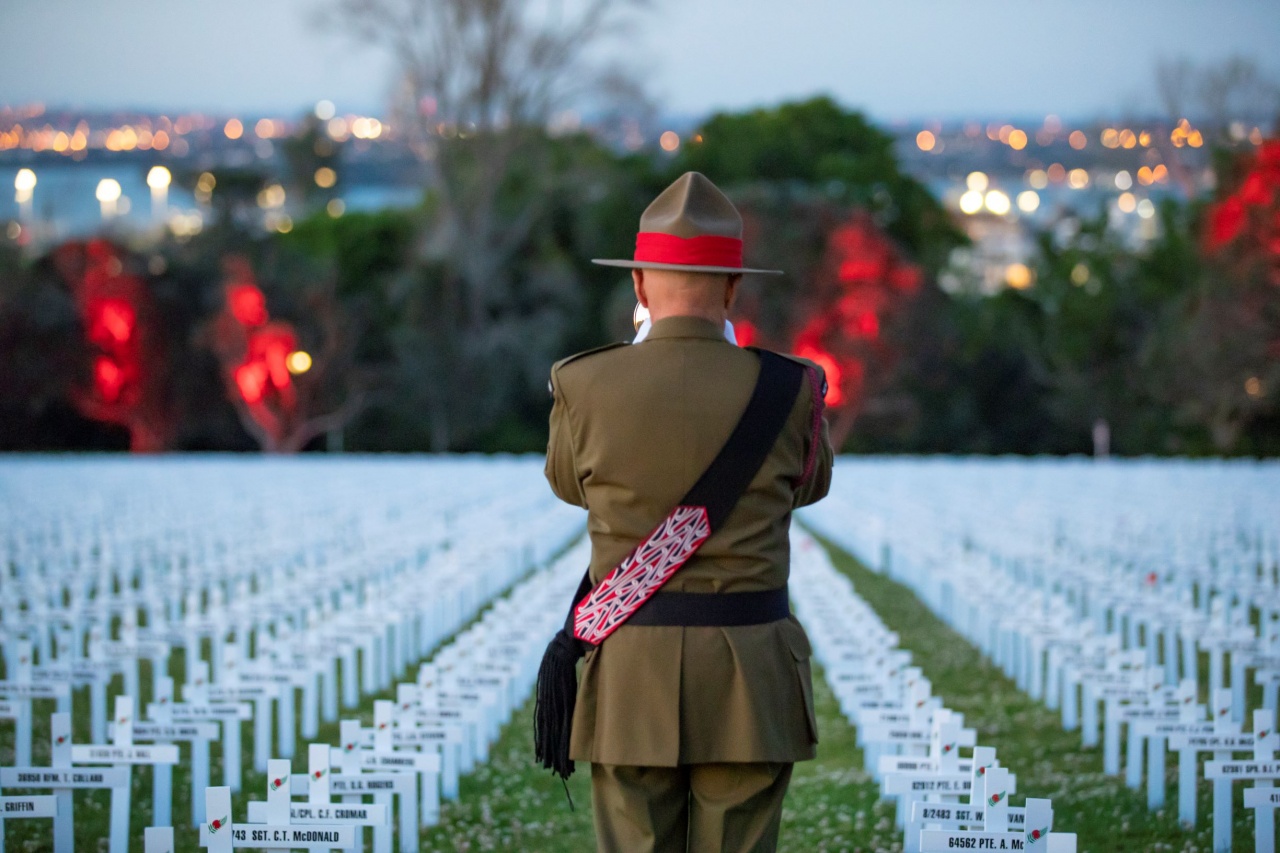Thousands turned out in Auckland, New Zealand, today to mark the 100th anniversary of the Armistice that ended fighting on the Western Front during World War One.
New Zealand is the first country in the world to begin the commemorations for the centenary of Armistice Day, with services held at various centres throughout the country, including at the Auckland War Memorial Museum.
On the 11th hour of the 11th day of the 11th month of 1918, the Armistice came into effect that finally ended four years of fighting during World War One.
“News came through late last night that armistice had been signed, and hostilities ceased at 11am. Thank God!”, wrote the commander of the New Zealand Division, Major General Sir Andrew Russell, in his diary on 11 November 1918.
Two minutes of silence was observed at 11am, acknowledging the time the guns finally fell silent, before a cacophony of sound erupted to replicate how the public responded to news of the Armistice in 1918.
As well as the major commemorative service held today, Auckland has paid homage to those who fell during World War One with the installation of the Fields of Remembrance on the northern slopes of the Auckland War Memorial Museum, which has 18,277 named crosses representing every New Zealander who died.
The white crosses have been arranged in blocks by the year that the soldiers and nurses died, with a separate block of 1432 crosses to honour the 693 families who lost more than one child, including a dozen families who loss a pair brothers on the same day and six families that loss four members during the war.
Auckland’s Mayor Phil Goff says, “The Field of Remembrance serves as a powerful reminder of the scale of sacrifice of the 18,277 New Zealanders who died to secure victory 100 years ago so that we may live more peaceful lives today.
“In remembering the tragedy of World War One we remember the New Zealanders who laid down their lives for their country and their mates and commit ourselves to learn the lessons of the past and strive to create a more peaceful future.”
ENDS
NOTES TO EDITOR
KEY NZ FACTS AND FIGURES
• 18,277 lives lost
• 693 families lost more than two members = 1432 crosses
• 1 pair were brother and sister (TUBMAN) 1 pair were father and son (MALONE)
• 659 mothers lost two sons = 1318 crosses
• 30 mothers lost three sons = 90 crosses
• 6 mothers lost four sons = 24 crosses
• 12 pairs of brothers died on the same day
• 9 sets of twins died
• At the time, the total population of New Zealand in 1914 was just over one million.
• In all, more than 120,000 New Zealanders enlisted, and around 100,000 served overseas.
• Most were young men, and nearly one in five who served abroad did not return.
• More than 2200 Māori and around 460 Pacific Islanders served overseas with the New Zealand forces.
• 11 Victoria Crosses were won by soldiers serving with New Zealand forces.
• At least 3370 New Zealanders served in the Australian or British imperial forces, winning a further five Victoria Crosses.
• In all, 550 nurses served with the New Zealand Expeditionary Force, and many others enlisted in the United Kingdom.
• More than 18,000 New Zealanders died in or because of the war, and about 41,000 men were listed as wounded. More than 2700 died at Gallipoli / Chunuk
Bair and almost 12,500 on the Western Front.
• 13 All Blacks were killed in WW1, the most famous being Sgt Dave Gallaher the 1905 "Originals" All Black Captain.
